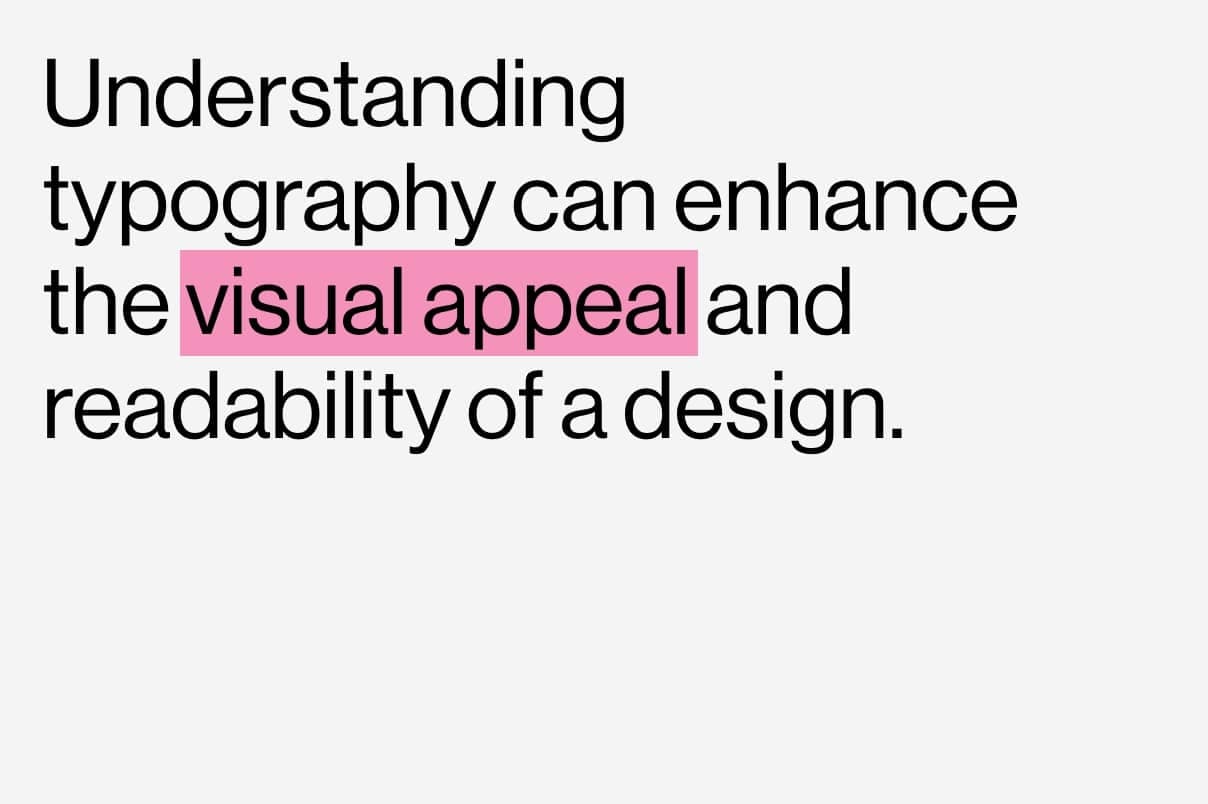CATEGORY
Creative Insights
WRITER
Mathilde Hay
ARTICLE
We All Are Creative
DATE
03.12.24
As a graphic designer, I’ve felt the pressure that many creatives probably know too well, the one to be the most creative person in the room. The need to come up with a totally unique idea that will leave people around me completely stunned. But often, that pressure isn’t coming from the outside. It’s an inner critic, a whisper questioning whether or not I belong in this game.

Robert E. Franken, a professor of psychology, defines creativity in his book Human Motivation. He describes it as:
“The tendency to generate or recognize ideas, alternatives, or possibilities that may be useful in solving problems, communicating with others, and entertaining ourselves and others.”
His definition is liberating. Creativity is not limited to creative directors or film directors only, it’s a vast, adaptable force. It’s in the chef who experiments with flavours, the math teacher that designs a puzzle to solve, or the climber planning their ascent. Creativity doesn’t have to be mind-blowing or revolutionary, it lives in the practical, the everyday, the personal.

And yet, creativity often feels tied to art. Society tends to place designers, photographers, musicians, and other “creatives” on a pedestal. If you’re in one of these fields, you’re part of the so-called creative elite. But that feels limiting, doesn’t it? Friedrich Nietzsche talked about how creativity comes from the interplay of order and chaos. He believed this wasn’t exclusive to artists, but that it’s part of the human experience. What makes us human is our ability to imagine, experiment, and create. Creativity belongs to all of us.
I remember a teacher in school who would label one project as “creative” and another as “not so much.” But what does that even mean? Creativity is so personal. We each see the world through our own biases, so how can anyone objectively decide what is creative or not?

I feel like social media has made this even trickier. It is pushing us further and further away from what Edward de Bono described as lateral thinking - brainstorming creatively to solve problems and generate ideas without the limitations of logic-based critical thinking. Ideas are not “good” or “bad” when they first appear, they are just ideas. What matters is how we develop them. Whether an idea succeeds or fails depends on how we feed it, not how perfect it seems at the start. But with the internet giving us endless examples of what others have done, it’s so easy to compare ourselves, and worse, to undervalue our own ideas. What if we tried to build projects without constantly checking what’s already been done online? Maybe we would place less pressure on ourselves and our ideas, allowing us to create things we genuinely believe in, trust, and feel proud of.
That’s why I love brainstorming sessions. Back in school, we would have a lot of these judgment-free sessions where no idea was too big, too small, or too weird. You would just throw everything on the table and see where it takes you. It’s a simple concept, but sometimes easy to forget.







